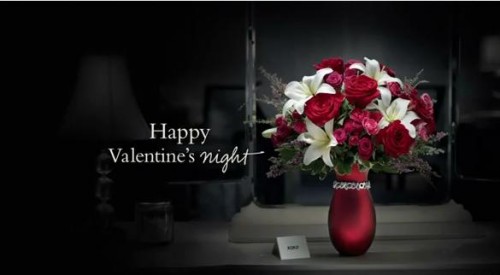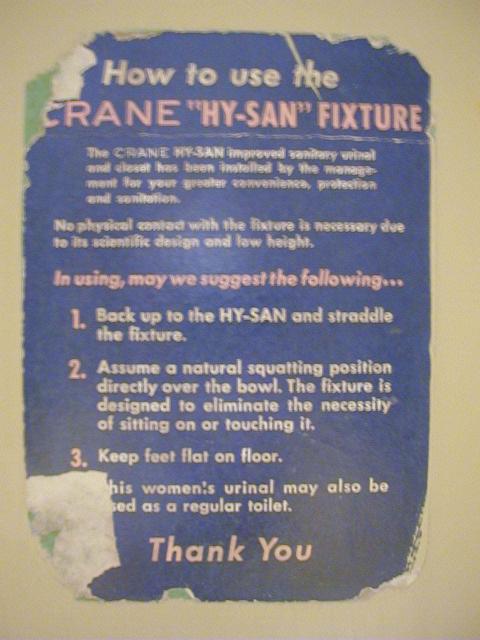One of our readers sent in a Valentine’s Day card that came in a box of cards her 10-year-old received. The card reinforces the idea that pretty girls are high-maintenance; they’re materialistic and, implicitly, demanding or difficult — which they presumably get away with in exchange for being attractive:
For another example of cultural assumptions about pretty girls, and the idea that they play by a different set of rules, see our post on the “I’m too pretty to do math” magnet or t-shirt.











 You might have heard that, after the birth of his daughter with Beyonce Knowles in January,
You might have heard that, after the birth of his daughter with Beyonce Knowles in January, 
